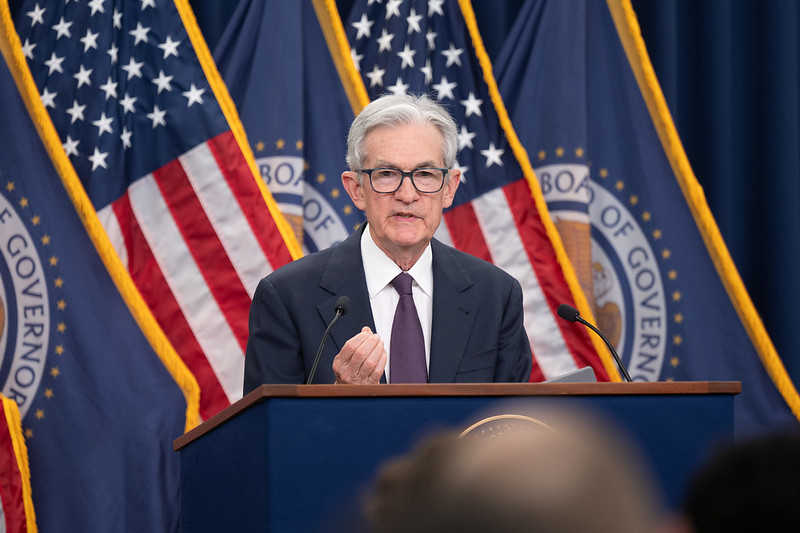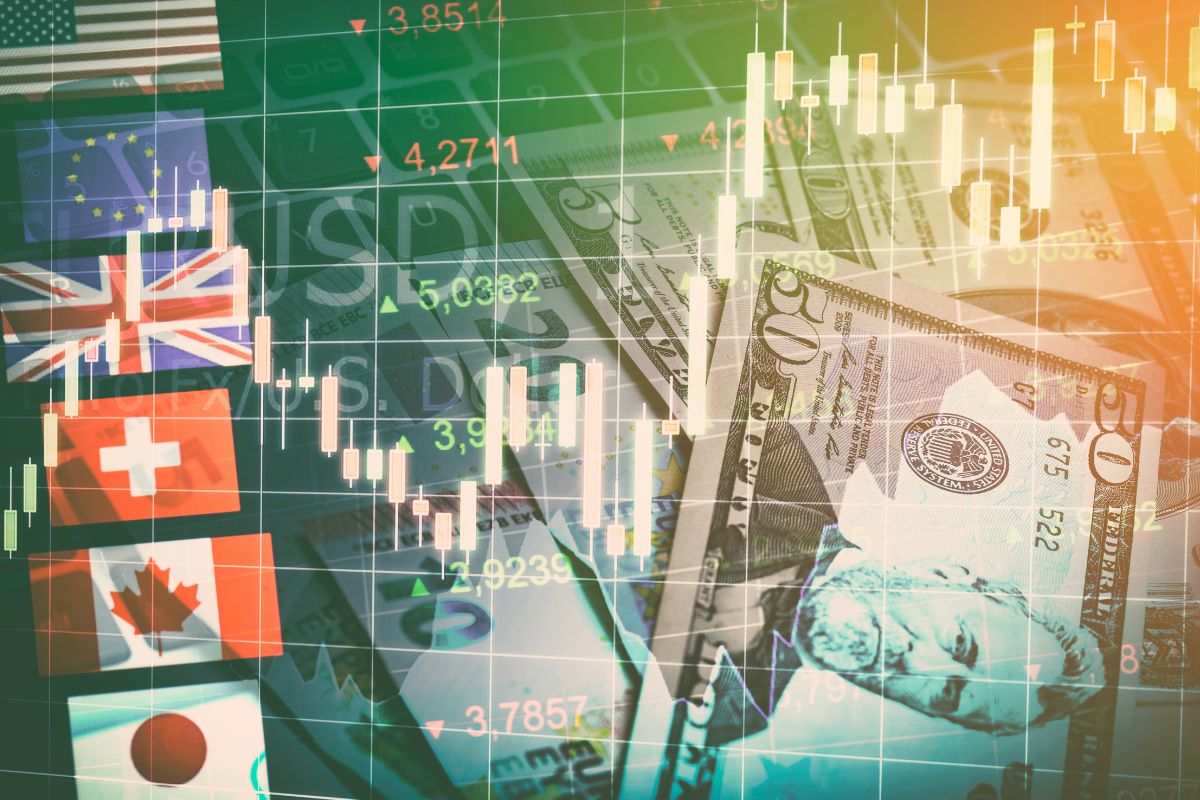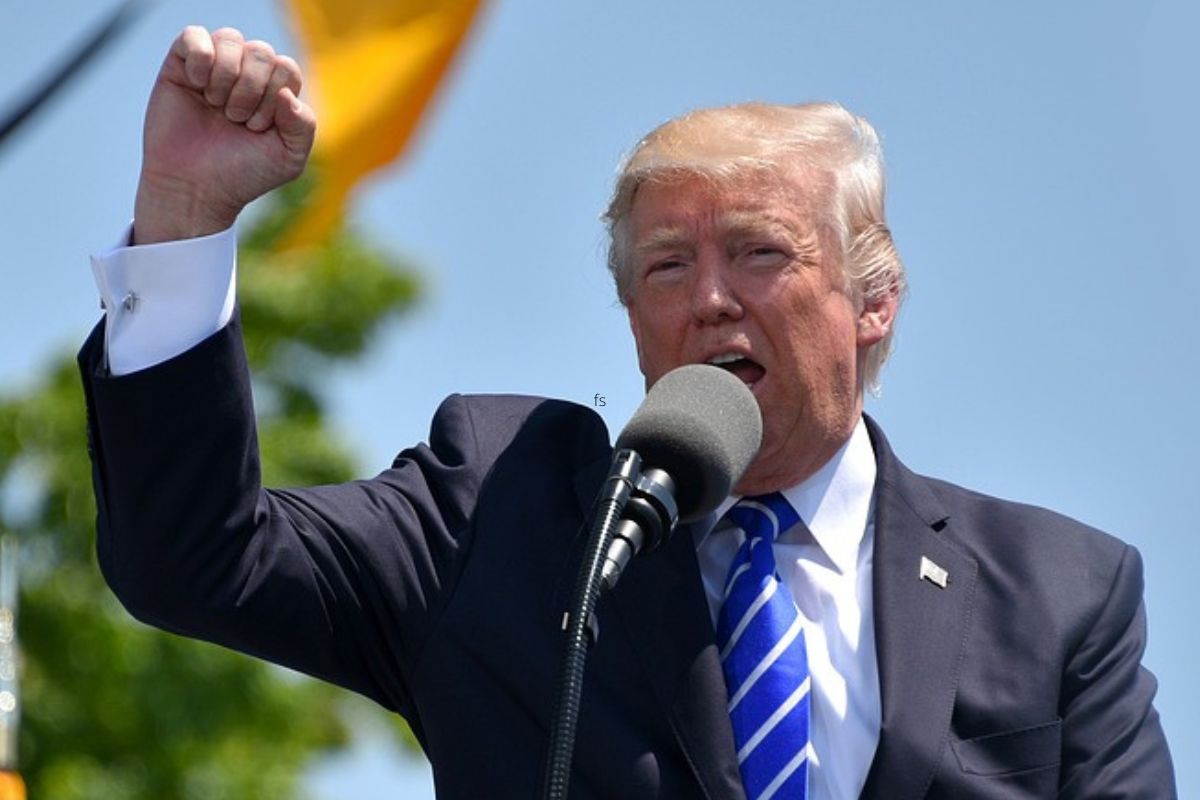At its June meeting, the Fed kept interest rates unchanged—for the fourth time—and acknowledged that uncertainty has declined, although it still sees it as “elevated.” According to global asset managers, while the Fed’s actions were in line with expectations, its updated economic projections leave the door open for two rate cuts before the end of the year.
The case for placing two rate cuts on the radar is based on the Fed recognizing that economic uncertainty has “eased,” which could pave the way for rate cuts if inflation remains under control. “A more relaxed stance on economic uncertainty could signal greater openness to rate cuts in the second half of the year, as long as other macroeconomic indicators remain stable,” says Bret Kenwell, an analyst at eToro in the U.S.
“Powell emphasized the role of impending tariff hikes in worsening economic prospects and the importance of the Fed not acting prematurely before the full effects of trade policy are understood—in a meeting that was otherwise uneventful. However, for a growing number of members, ‘waiting’ now implies not cutting rates at all this year. Somewhat surprisingly—given the potentially negative long-term impact of tariffs on growth and employment—the Fed has revised down its forecast for rate cuts in 2026 from two to one,” adds Paolo Zanghieri, Senior Economist at Generali AM (part of Generali Investments).
Cuts in 2025?
Ray Sharma-Ong, Head of Multi-Asset Investment Solutions – Southeast Asia at abrdn Investments, points out that the dot plot from Federal Open Market Committee (FOMC) members still projects two rate cuts for 2025. However, he notes that projections for 2026 and 2027 have been revised, and only one cut is expected in each of those years. Moreover, Sharma-Ong believes that given current uncertainty around economic outlook and trade policy, the Fed might ultimately implement only one—or even no—cut this year, contrary to the two cuts indicated in the dot plot for 2025.
“This is due to a lack of clarity about the final form of tariffs, the evolution of tariff pauses, and trade negotiations. These developments remain uncertain and will impact economic, inflationary, monetary, and market sentiment outcomes,” notes the abrdn expert.
Simon Dangoor, Head of Fixed Income Macro Strategies at Goldman Sachs Asset Management, explains that FOMC members continue to expect short-term inflation to be largely transitory, and their tolerance for rising unemployment remains low. As a result, he states: “We expect the Fed to hold its stance at next month’s meeting, but believe a path could open up for the Fed to resume its easing cycle later this year if the labor market weakens.”
Dan Siluk, Global Head of Short Duration & Liquidity and Portfolio Manager at Janus Henderson, believes this moderate decision by the Fed indeed leaves the door open for rate cuts in the second half of 2025. “The Fed is clearly signaling it’s in no rush but is prepared to act if inflation continues to moderate and labor market weakness deepens. The upward revision in inflation forecasts may temper expectations for aggressive easing, but maintaining the rate path for 2025 reassures markets that the Fed remains flexible,” he explains.
He also adds that “markets will now look to Powell’s Q&A for greater clarity on the Fed’s reaction function, particularly how it weighs recent moderate inflation data against persistent geopolitical and tariff-related risks.”
Doubts Remain
However, other investment firms are less confident about future rate cuts. “We believe the Fed will remain on hold with no interest rate changes this year, but we foresee gradual rate cuts next year under the leadership of a new Chair.
The conflicting risks to growth and inflation make keeping rates steady the logical choice for the Fed this year. The August review of monetary policy could lead to some changes in the Fed’s operations, but we believe the impact will be limited. The appointment of Powell’s successor will carry greater importance. Under new leadership, we think the committee will use next year’s inflation moderation as an opportunity to start moving toward a more neutral policy,” says George Brown, Senior Economist at Schroders.
This view is echoed by Raphael Olszyna-Marzys, International Economist at J. Safra Sarasin Sustainable AM, who believes Powell’s repeated assertion that the economy remains strong carries significant weight, despite the uncertainty and tariff impact. “As Jerome Powell stated, ultimately the cost of tariffs must be paid, and some of it will fall on the end consumer. We know that’s coming, and we want to see these effects before making premature judgments. This implies it is unlikely the Fed will resume its rate-cutting cycle—unless the labor market suddenly weakens—at least until September,” notes Olszyna-Marzys.
Key Decision Drivers
Allison Boxer, Economist at PIMCO, highlights that revisions in the Fed’s economic projections point to a more uncertain outlook. “Fed officials made stagflationary revisions to their forecasts, with median forecasts for both inflation and unemployment rising, while growth projections fell. Their outlook implies that both sides of the Fed’s dual mandate—price stability and maximum employment—are moving in the wrong direction. Given this contradiction, the projections showed Fed officials split on rate outlooks, with most divided between holding rates steady or cutting by 50 basis points by year-end,” Boxer explains.
PIMCO’s view also sees diverging paths for the Fed: cutting gradually or minimally if the labor market proves resilient, and cutting more significantly if labor weakens. “Given recent labor data and rising uncertainty, our base case is for a return to a gradual rate-cutting pace later this year,” adds the economist.
Jean Boivin, Head of the BlackRock Investment Institute, explains that the Fed has long faced a delicate balancing act between supporting growth and containing inflation. “Powell stated that he expected tariffs to generate significant inflation in the coming months. And although the Fed’s base case seems to be that tariffs will have a one-off inflationary impact rather than a lasting one, it is clearly acknowledging the potential for more persistent inflation, depending on the size and duration of tariffs. It has slightly revised its inflation forecast upward for the coming years. Still, we believe the Fed is underestimating the magnitude of future inflationary pressures,” says Boivin.
Another factor some firms believe could come into play is the leadership change at the Fed, with Powell having 11 months left in his term. “Looking ahead to 2026, we expect leadership changes at the Federal Reserve to further shift the policy landscape. Jerome Powell’s term ends on May 15, 2026, and a new chair is expected to be appointed. Potential successors—such as Kevin Hassett, Kevin Warsh, and Scott Bessent—are viewed as more moderate and aligned with President Trump’s pro-growth, low-rate agenda. Moreover, four of the twelve voting FOMC members will also rotate next year. This shift could support the economy ahead of the midterm elections scheduled for November 3, 2026. Consequently, we expect the Fed’s projected rate cuts for 2026 and 2027 to evolve as we approach 2026,” says Sharma-Ong.




